‘It’s reaching a crisis point’: Outer Banks leaders say they’re out of funding to save threatened beach communities – WRAL News
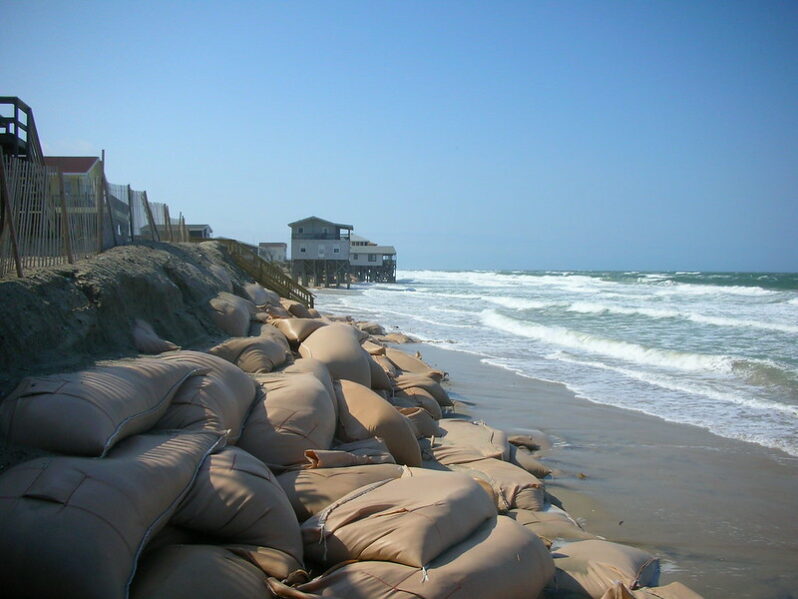
Dare County leaders said communities are at risk from coastal erosion, but state law is holding them back from finding potential solutions.
Dare County leaders said they can no longer afford to build back beaches in the Outer Banks that have been swallowed by the ocean, sending multiple houses collapsing in recent years…
Seeing Through Turbulence to Track Oil Spills in the Ocean – EOS Magazine

In mid-February 2021, heavy storms brought intense downpours to the eastern Mediterranean coast, keeping residents indoors. After the storms passed, residents returned to local beaches and noticed signs that something amiss had occurred offshore. In Israel, clumps of tarred sand appeared on beaches, along with oil-covered wildlife like turtles and fish. A dead 17-meter-long fin whale also washed ashore—an autopsy revealed oily liquid in its lungs, although the source of the oil was not identified definitively…
Grains of Sand: Too Much and Never Enough – EOS Magazine

Sand is a foundational element of our cities, our homes, our landscapes and seascapes. How we will interact with the material in the future, however, is less certain…
“The use of sand is now faced with two major challenges,” said Xiaoyang Zhong, a doctoral student in environmental science at Leiden University in the Netherlands. “One is that it has caused enormous consequences in the environment,” he explained. “The second challenge is that easily usable sand resources are running out in many regions…”
On the Coast: Before and After the Parade of Atmospheric Rivers – Planet Snapshots issue 59 via Medium
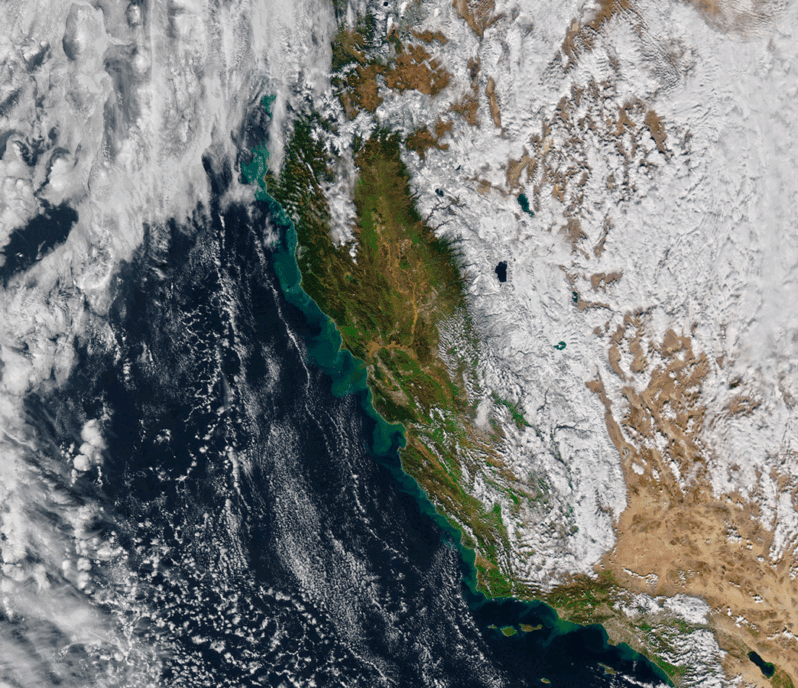
California is left drenched, flooded, and perhaps a little hopeful after recurring atmospheric rivers pummeled the state for 2 weeks straight. The rains are a small reprieve for the area’s years-long drought. But the sheer volume of rainfall was much more than the parched landscape could handle. With a turn of the faucet, the state went from too dry to too wet in what’s called a “weather whiplash,” transforming the Golden State to shades of brown…
The Climate Impact of Your Neighborhood, Mapped – Interactive Feature – the New York Times
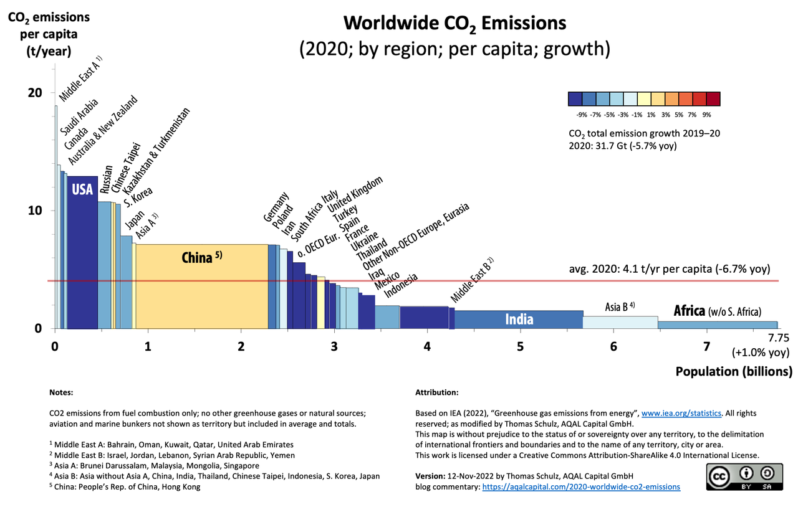
New data shared with The New York Times reveals stark disparities in how different U.S. households contribute to climate change. Looking at America’s cities, a pattern emerges.
Households in denser neighborhoods close to city centers tend to be responsible for fewer planet-warming greenhouse gases, on average, than households in the rest of the country. Residents in these areas typically drive less because jobs and stores are nearby and they can more easily walk, bike or take public transit…
His family fished for generations. Now he’s hauling plastic out of the sea – the Washington Post
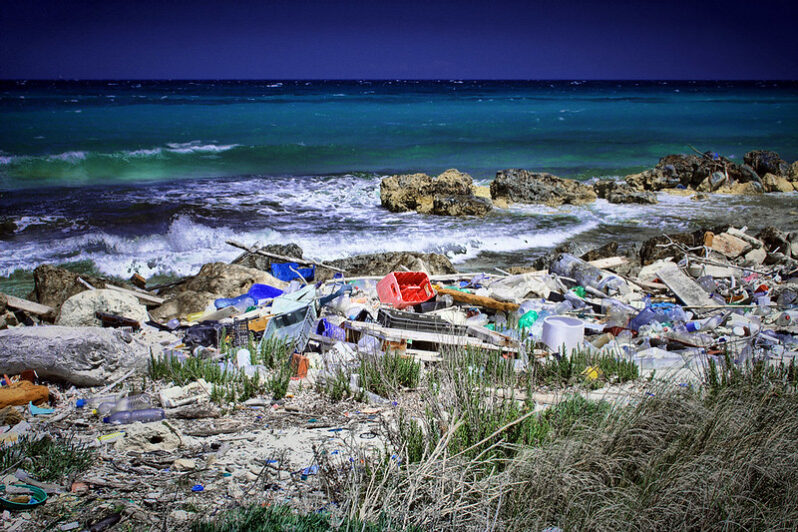
One catch at a time, Lefteris Arapakis is cleaning the Mediterranean.
It was Lefteris Arapakis’s first expedition on a fishing boat, and he didn’t expect what the nets would pull up.
There were scorpionfish, red mullet and sea bream. But there was also a bright red can of Coke…
How Do California’s Storms Weigh In Compared With History’s Big Ones? – the New York Times
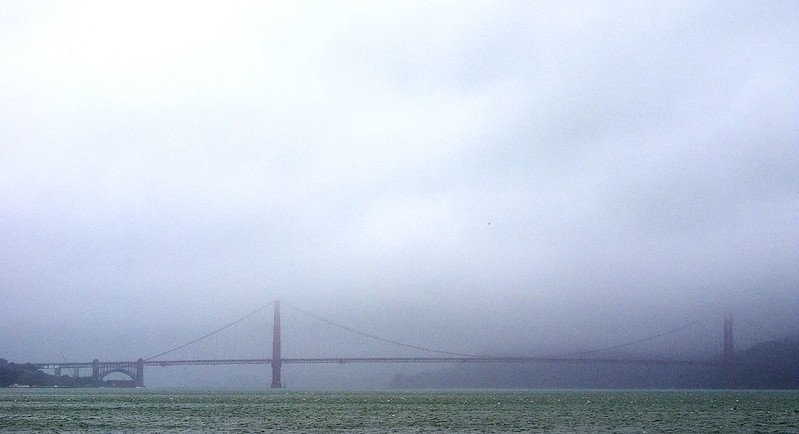
The storms that have walloped California in fierce waves since last month have left many communities cleaning up and digging out from flooding and landslides. By one metric, though, the state has seen much worse…
Global Weather Patterns and Coastlines
Coasts are sensitive to sea level rise, changes in the frequency and intensity of storms, increases in precipitation, and warmer ocean temperatures. In addition, rising atmospheric concentrations of carbon dioxide (CO2) are causing the oceans to absorb more of the gas and become more acidic. This rising acidity can have significant impacts on coastal and marine ecosystems.
The impacts of climate change are likely to worsen problems that coastal areas already face. Confronting existing challenges that affect man-made infrastructure and coastal ecosystems, such as shoreline erosion, coastal flooding, and water pollution, is already a concern in many areas. Addressing the additional stress of climate change may require new approaches to managing land, water, waste, and ecosystems…
Bay Area rainfall totals are in after atmospheric rivers flooded California – KRON4
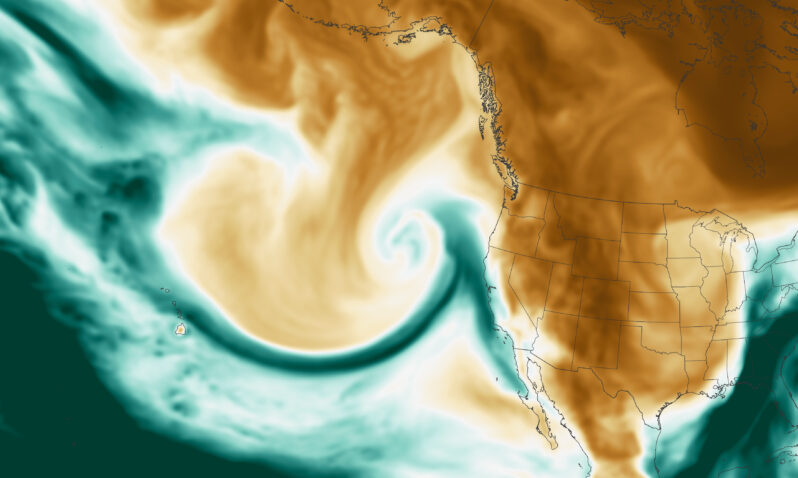
SAN FRANCISCO (KRON) — Blue skies and sunshine have returned to the Bay Area after nine atmospheric rivers rolled through. Between Dec 26, 2022 and January 17, 2023, weeks of storms left flooding and feet of snow behind, but just how much precipitation did we get? Tons, according to the National Weather Service…
